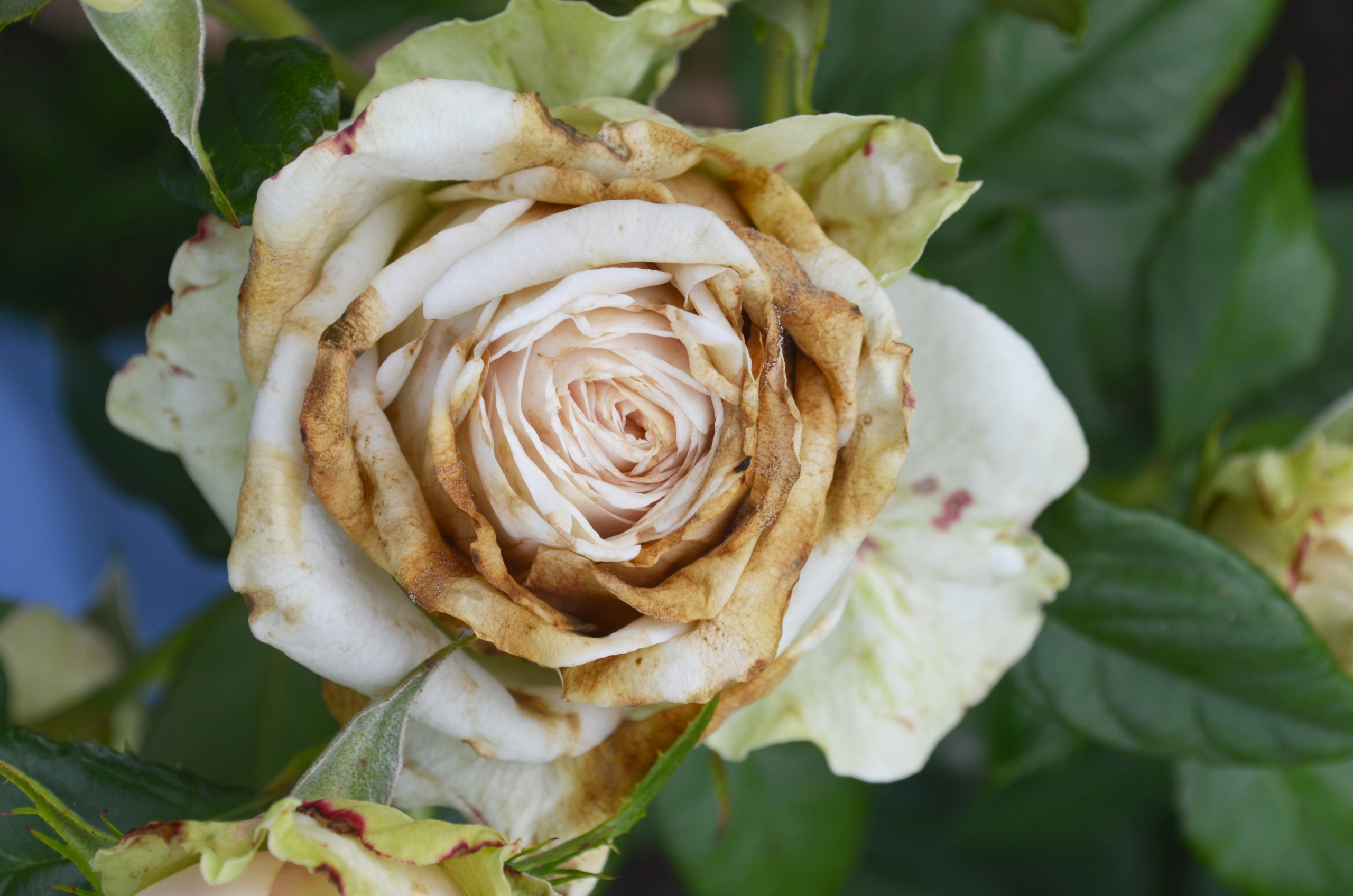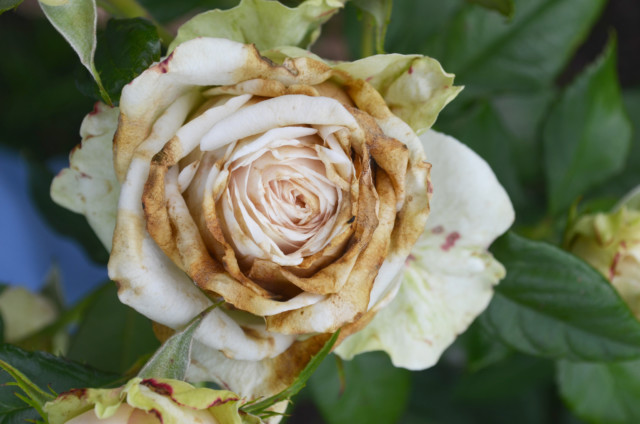Botrytis or Grey Mold - What is it?
Sometimes your beautiful flowers can turn into moldy mush even though you've done your due diligence to follow recommended care and handling every step of the way. The culprit is most likely Botrytis AKA "Grey Mold". Botrytis is quite stealthy, surviving easily even in the most ideal conditions for fresh cut flowers and often not making its unwelcome appearance until long after being packed for shipping from the farm or worse until it's reached your store or a flower enthusiast's home.
Botrytis is a fungus that thrives on living and dead plant tissue. There are many factors that can cause botrytis to develop:
- a flower's place of origin
- seasonal or weather-related issues
- climate control such as temperature fluctuations
- hygiene during processing, shipping, and storage
What to look for?
Botrytis starts as a dot and turns to rot. Usually, it will appear first as tiny white specks on the flower petals that then spread to the base of the flower. Slowly the color will change to brown followed by the petals falling off and the flower turns to mush. The mold spores need moisture or air in order to move. Condensation on flowers in packaging is something to lookout for, it is the perfect breeding ground for botrytis.
- white specks
- brown spots
- fuzzy gray structures
- mushy flowers
Why is it so difficult to control?
Botrytis is tricky to control for so many reasons:
- It's a survivor. It's ability to develop even under adverse conditions makes botrytis quite formidable. The presence of botrytis is extremely hard to detect when conditions are not favorable for growth. It's natural defense mechanism, botrytis will lie dormant until the opportunity for the right conditions presents itself.
- Cultural practices can contribute to the growth of botrytis.
- Environmental conditions for production of most flowers unfortunately are also the ideal conditions for Botrytis to thrive.
How can we stop it?
Once botrytis is past the speck stage and brown or grey coloring is visible, the damage is unfortunately done. Infected petals can be removed by hand, but this doesn't mean the rest of the petals or other flowers in the bunch or bouquet are healthy. Once you've spotted stems that have visible signs of botrytis, the best advice is to remove them and throw them away immediately. It is a shame to throw away stems, but Botrytis can spread very quickly and could mean a bigger loss in the long run.
Stems under stress are much more likely to develop botrytis. What do we mean by stress? In the life cycle of a fresh cut flower, it can mean:
- temperature fluctuations
- physical damage / bad packing
- ethylene exposure
- condensation in packaging
Although Botrytis can be difficult to control there are things we can do to minimize it:
- Avoid condensation on flower blooms, primarily in packaging
- Remove any dead or decaying plant material daily, dispose of immediately
- Keep temperature and humidity under control to avoid fluctuations
- Be sure to clean and disinfect all surfaces and tools daily
- Inspect flowers carefully for any signs of Botrytis when they arrive or when you are purchasing
- Take packaging off of flowers as soon as possible so they can breathe, if packaging is part of the item you're selling, be sure to not overstuff buckets and give plenty of room for flowers to have good airflow.
- Purchase flowers from trusted sources, flowers treated well along their trip will be less stressed and more resistant to Botrytis.


